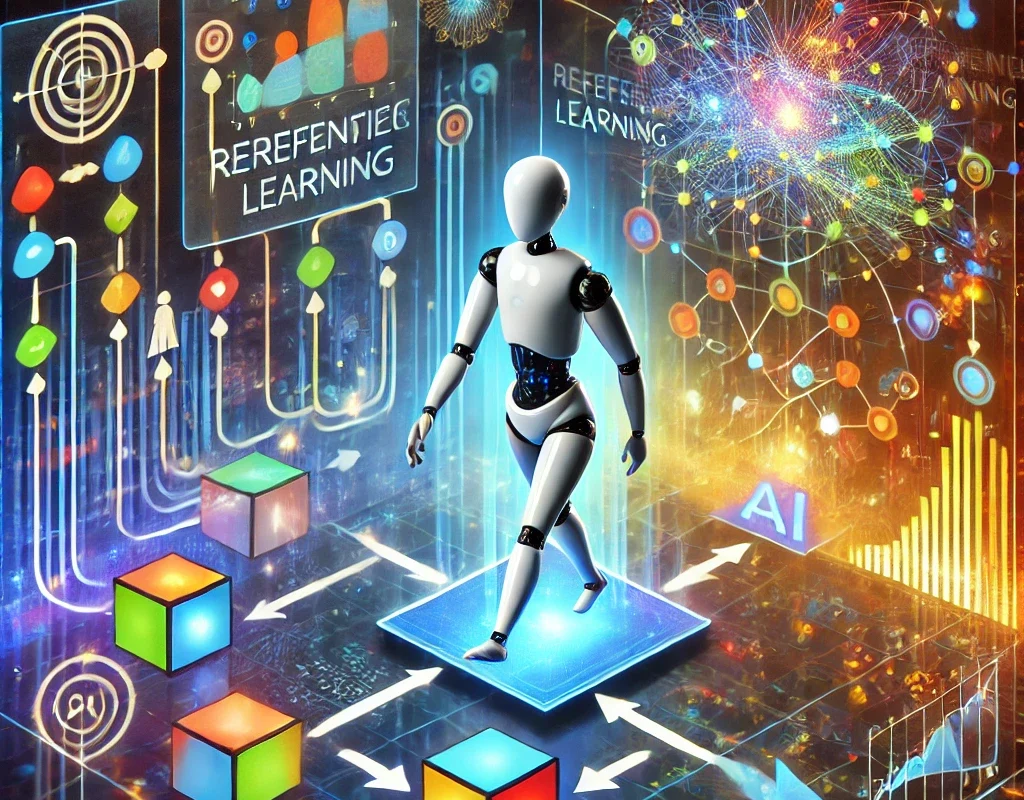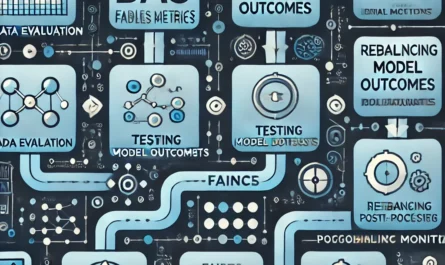Artificial Intelligence (AI) has transformed the way machines learn, adapt, and solve complex problems, and one of the most exciting branches of AI is Reinforcement Learning (RL). This subset of machine learning allows systems to learn and improve from their own experiences by interacting with their environment. In AI applications, reinforcement learning enables machines to autonomously discover the best actions to maximize cumulative rewards over time. Let’s explore how to effectively apply RL in AI applications.
Reinforcement Learning in AI Applications
Reinforcement learning is increasingly being used across various AI fields due to its ability to drive decision-making and improve performance through experience. From robotics to healthcare, RL offers a pathway for AI systems to learn strategies and behaviors by trial and error, mimicking how humans and animals learn. AI applications, particularly those that require constant interaction with their environment, benefit significantly from RL as it fosters autonomous learning capabilities.
Some benefits of using RL in AI development include the ability to optimize tasks without human intervention, adapt to changes in the environment, and continuously improve decision-making processes. These are crucial for fields like autonomous systems, robotics, and financial modeling.
Core Concepts of Reinforcement Learning
To understand how RL operates in AI, one must first grasp its fundamental concepts:
- Agent: The learner or decision-maker in the system.
- Environment: The world through which the agent moves and interacts.
- States: Specific situations in which the agent finds itself within the environment.
- Actions: Choices that the agent can make in each state.
- Rewards: Feedback from the environment that tells the agent how good or bad its actions were.
Rewards and Punishments: RL relies on a reward signal to guide the agent’s actions. When an agent performs well, it gets a reward; when it performs poorly, it is penalized. This feedback loop helps the agent learn optimal behaviors over time.
Exploration vs. Exploitation: An essential aspect of RL is balancing exploration (trying new actions) with exploitation (using known actions that yield the best rewards). Effective AI models find the right trade-off between these strategies to avoid getting stuck in suboptimal solutions.
Popular Reinforcement Learning Algorithms
Several algorithms are commonly used to implement RL in AI systems:
- Q-Learning: A value-based method that allows agents to learn the quality of actions, telling them what action to take under specific conditions.
- Deep Q-Network (DQN): Combines Q-learning with deep learning, enabling agents to make decisions in high-dimensional environments.
- Policy Gradient Methods: These methods focus on optimizing the agent’s policy, guiding it on what actions to take at each step rather than learning value functions.
Each of these algorithms offers unique advantages, depending on the complexity and requirements of the AI application.
How RL Differs from Other ML Techniques
Reinforcement learning stands apart from other machine learning techniques, such as supervised and unsupervised learning. While supervised learning requires labeled data and unsupervised learning focuses on finding patterns in data without guidance, RL thrives on interaction. Unlike these approaches, RL is about making decisions through trial and error, learning from direct experiences rather than relying solely on historical datasets.
Step-by-Step Process for Applying RL in AI
When applying RL to AI applications, it’s important to follow a structured process:
- Setting Up the Environment: Define the environment in which the agent will operate. This includes creating the states, actions, and overall dynamics of the system.
- Defining Reward Functions: Establish how rewards or penalties will be provided based on the agent’s actions. The reward structure needs to be clear and directly tied to the desired outcomes.
- Implementing Algorithms: Choose an appropriate RL algorithm (e.g., Q-learning or DQN) based on the complexity of the problem. Implement the algorithm to begin training the agent in the environment.
- Training the Agent: Allow the agent to interact with the environment repeatedly, learning from both its successes and failures.
- Evaluation: Measure the agent’s performance using metrics such as episode rewards or cumulative returns to ensure it is learning effectively.
Challenges of Applying RL in AI
Despite its powerful capabilities, reinforcement learning faces several challenges in AI applications:
- Computational Complexity: RL algorithms often require significant computational resources, especially in high-dimensional or continuous environments.
- Sparse Rewards: In some cases, the agent might not receive frequent feedback, leading to slower learning.
- Balancing Exploration and Exploitation: Finding the right balance between exploring new strategies and exploiting known ones can be difficult, as too much exploration may waste time and resources, while too much exploitation may prevent discovery of better solutions.
You can also read; How to Train a Deep Learning Model Using TensorFlow
Use Cases of Reinforcement Learning in AI
Reinforcement learning has broad applicability across multiple industries. Some notable use cases include:
- Robotics: RL is instrumental in teaching robots how to perform tasks, from simple movements to complex operations like assembling products or assisting in surgeries.
- Autonomous Vehicles: Self-driving cars rely heavily on RL to navigate, avoid obstacles, and make real-time decisions in traffic.
- Healthcare: RL helps in optimizing treatment plans for patients, managing diagnostic processes, and personalizing healthcare recommendations.
- Finance and Trading: In financial markets, RL aids in developing trading algorithms that learn from past trades and adapt strategies based on real-time data.
- Gaming: AI agents in video games are enhanced using RL to create more challenging and realistic non-player characters (NPCs).
In the remaining sections, we’ll dive deeper into specific industries and algorithms that harness reinforcement learning. From robotics and healthcare to stock trading and gaming, each application demonstrates the flexibility and potential of RL to transform AI systems. Stay tuned as we discuss more intricate concepts, like deep reinforcement learning, policy gradient methods, and how to integrate RL with popular frameworks like TensorFlow and PyTorch.



